Julie Keisler
CRIStAL, EDF R\&D OSIRIS, EDF R\&D
AutoML Algorithms for Online Generalized Additive Model Selection: Application to Electricity Demand Forecasting
Mar 31, 2025
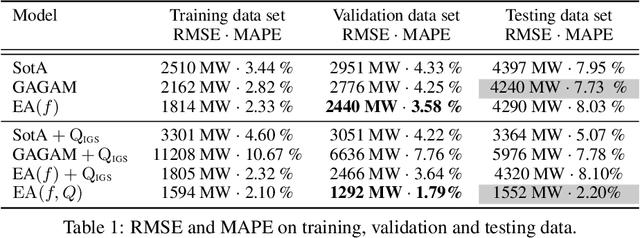
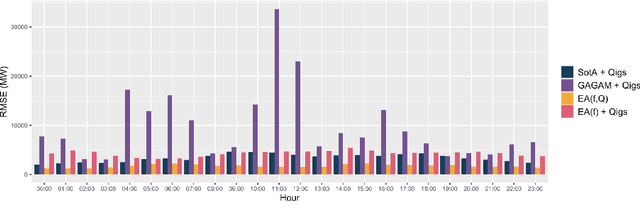
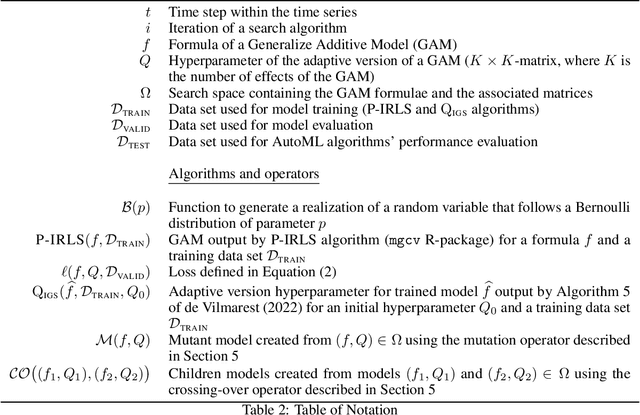
Abstract:Electricity demand forecasting is key to ensuring that supply meets demand lest the grid would blackout. Reliable short-term forecasts may be obtained by combining a Generalized Additive Models (GAM) with a State-Space model (Obst et al., 2021), leading to an adaptive (or online) model. A GAM is an over-parameterized linear model defined by a formula and a state-space model involves hyperparameters. Both the formula and adaptation parameters have to be fixed before model training and have a huge impact on the model's predictive performance. We propose optimizing them using the DRAGON package of Keisler (2025), originally designed for neural architecture search. This work generalizes it for automated online generalized additive model selection by defining an efficient modeling of the search space (namely, the space of the GAM formulae and adaptation parameters). Its application to short-term French electricity demand forecasting demonstrates the relevance of the approach
Automated Deep Learning for Load Forecasting
May 14, 2024Abstract:Accurate forecasting of electricity consumption is essential to ensure the performance and stability of the grid, especially as the use of renewable energy increases. Forecasting electricity is challenging because it depends on many external factors, such as weather and calendar variables. While regression-based models are currently effective, the emergence of new explanatory variables and the need to refine the temporality of the signals to be forecasted is encouraging the exploration of novel methodologies, in particular deep learning models. However, Deep Neural Networks (DNNs) struggle with this task due to the lack of data points and the different types of explanatory variables (e.g. integer, float, or categorical). In this paper, we explain why and how we used Automated Deep Learning (AutoDL) to find performing DNNs for load forecasting. We ended up creating an AutoDL framework called EnergyDragon by extending the DRAGON package and applying it to load forecasting. EnergyDragon automatically selects the features embedded in the DNN training in an innovative way and optimizes the architecture and the hyperparameters of the networks. We demonstrate on the French load signal that EnergyDragon can find original DNNs that outperform state-of-the-art load forecasting methods as well as other AutoDL approaches.
WindDragon: Enhancing wind power forecasting with Automated Deep Learning
Feb 22, 2024Abstract:Achieving net zero carbon emissions by 2050 requires the integration of increasing amounts of wind power into power grids. This energy source poses a challenge to system operators due to its variability and uncertainty. Therefore, accurate forecasting of wind power is critical for grid operation and system balancing. This paper presents an innovative approach to short-term (1 to 6 hour horizon) windpower forecasting at a national level. The method leverages Automated Deep Learning combined with Numerical Weather Predictions wind speed maps to accurately forecast wind power.
A Bandit Approach with Evolutionary Operators for Model Selection
Feb 07, 2024
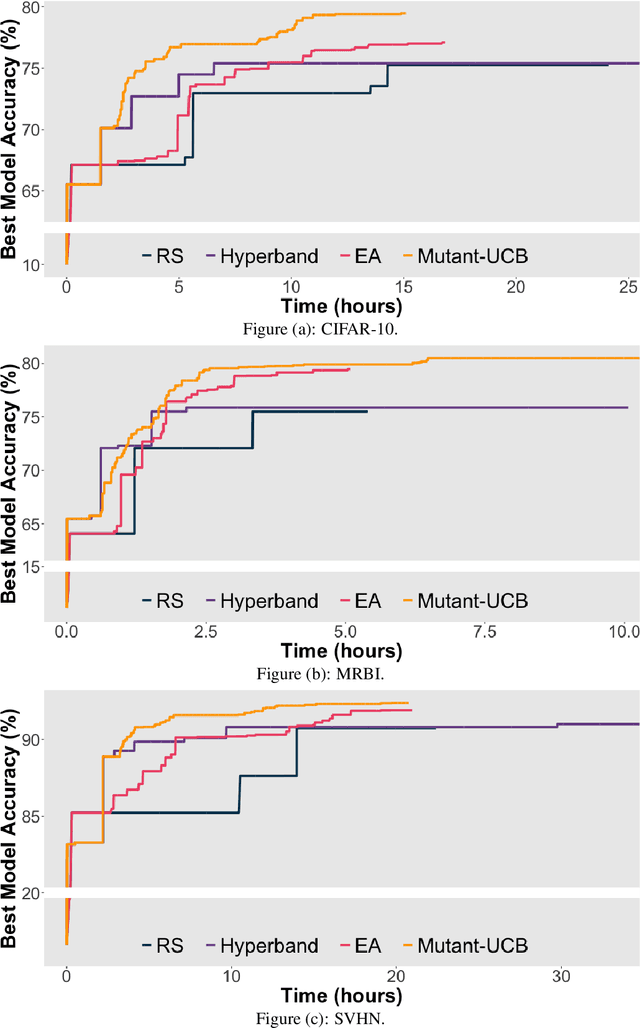
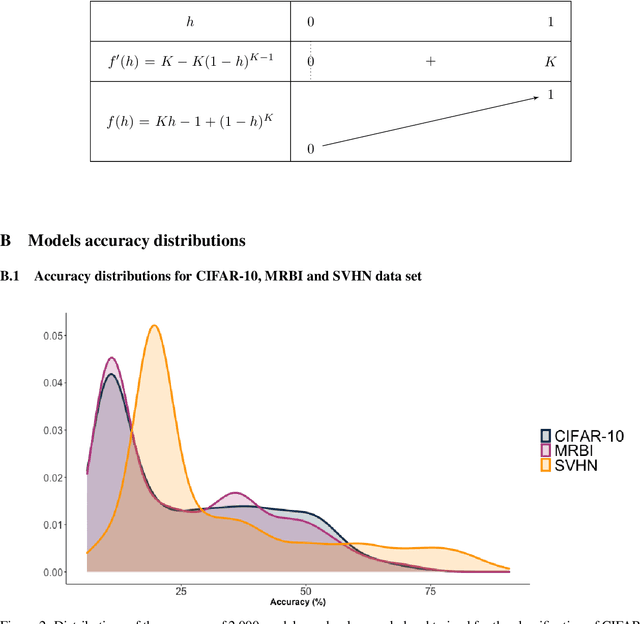
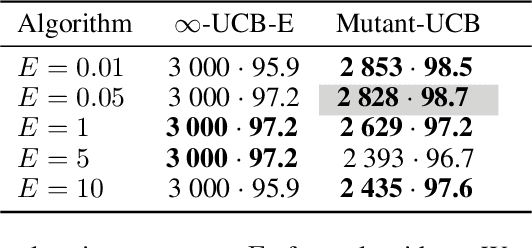
Abstract:This paper formulates model selection as an infinite-armed bandit problem. The models are arms, and picking an arm corresponds to a partial training of the model (resource allocation). The reward is the accuracy of the selected model after its partial training. In this best arm identification problem, regret is the gap between the expected accuracy of the optimal model and that of the model finally chosen. We first consider a straightforward generalization of UCB-E to the stochastic infinite-armed bandit problem and show that, under basic assumptions, the expected regret order is $T^{-\alpha}$ for some $\alpha \in (0,1/5)$ and $T$ the number of resources to allocate. From this vanilla algorithm, we introduce the algorithm Mutant-UCB that incorporates operators from evolutionary algorithms. Tests carried out on three open source image classification data sets attest to the relevance of this novel combining approach, which outperforms the state-of-the-art for a fixed budget.
 Add to Chrome
Add to Chrome Add to Firefox
Add to Firefox Add to Edge
Add to Edge